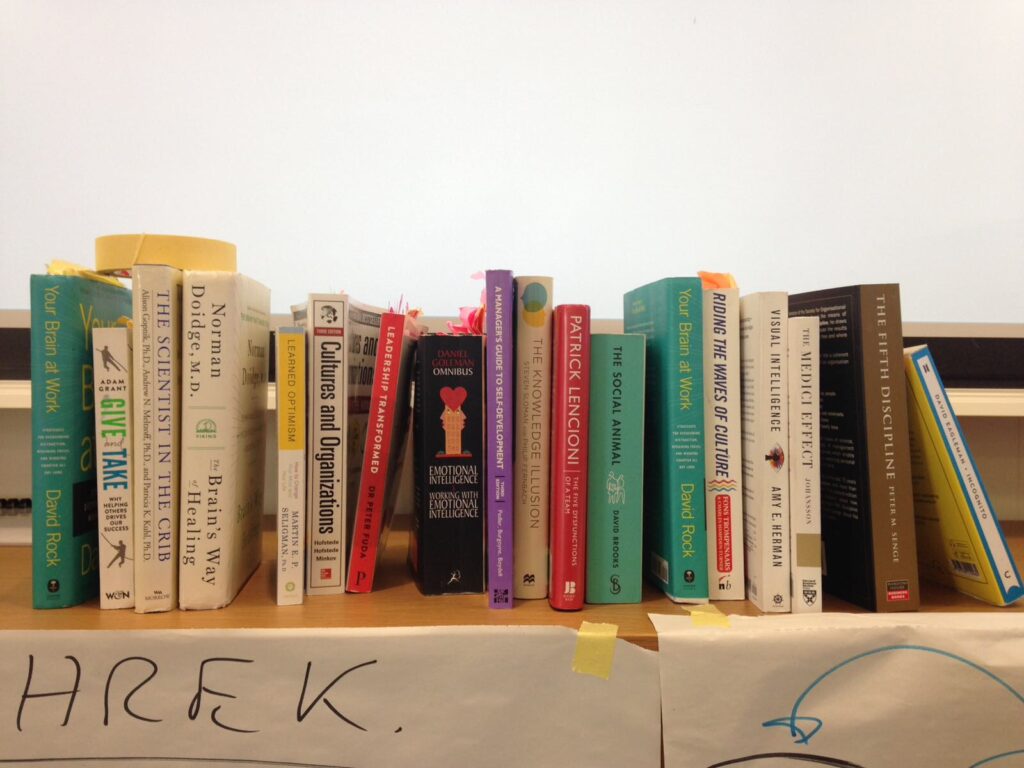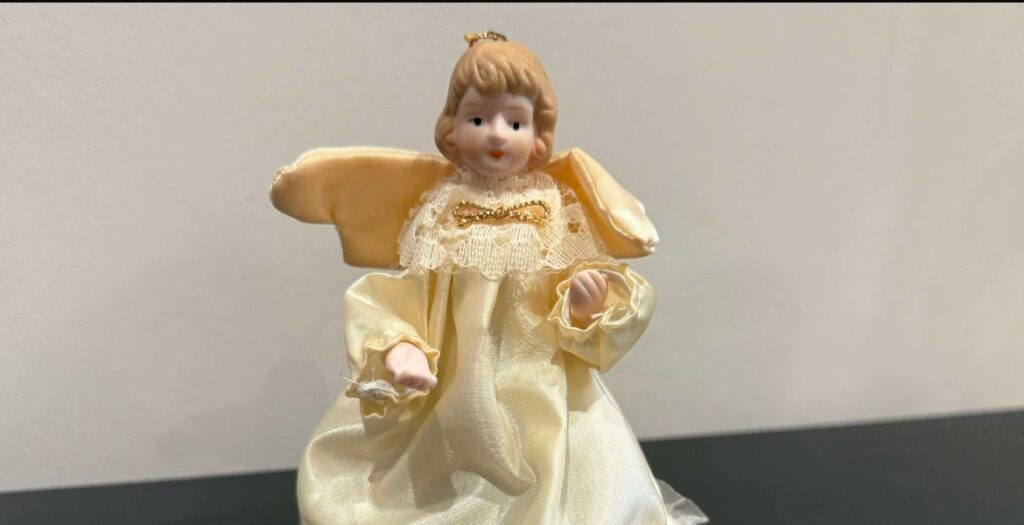So far, we’ve learned that missing Tupperware lids are a metaphor for resilience, pens are tiny tests of trust, cancelling plans is an act of energy economics, and small talk with strangers is actually about connection.
This week, we’re going somewhere deeply personal — the bathroom mirror.
The last socially acceptable place to talk to yourself without someone suggesting therapy or booking an intervention.
Confession: I Started in the 1980s
No headset. No CRM. No mobile. Just me, a cheap suit, and an expanding sense of dread.
Cold calling back then meant trudging around industrial estates in the rain, trying to look confident while your shoes made that wet squelchy noise that screams “rookie.” You’d knock on a door, ask to see the boss, and be greeted by one of two receptionists:
- The kind one – “Bless him, someone give the poor lad a biscuit.”
- The gatekeeper – “Move another inch and I’ll call security.”
I hated it. The fear. The rejection. The pitying looks that made me feel like a lost puppy in a polyester tie.
So I did what desperate young salesmen did in the 80s: I bought The Psychology of Selling by Brian Tracy. His advice? Stand in front of the mirror and repeat:
“I like myself. I like myself. I like myself.”
Over and over. Until you either believed it or passed out from embarrassment.
Did it make people stop slamming doors in my face? No.
But it made me slightly less likely to cry in a Ford Escort between calls.
The Northern Version of Affirmation
Now, being from the North, we don’t do gushy self-love mantras. We don’t stand in front of mirrors whispering, “You are enough.”
Our version is: “You look knackered, lad, but crack on.”
It’s emotional support with grit. No candles, no yoga mat, just fluorescent bathroom light and the smell of TCP.
And yet, that ridiculous ritual worked. Not because I suddenly loved myself, but because it gave me just enough fake confidence to keep going. I wasn’t fearless. I was functioning. There’s a difference.
Why Self-Talk Works (And Isn’t Just for Weirdos)
Psychologists call it self-directed speech. Neuroscientists call it reframing. Northerners call it getting your act together.
Your amygdala fires when something matters — that’s fear and excitement using the same wiring.
Harvard research shows that reframing anxiety as energy boosts performance (Jamieson, 2010).
Meanwhile, looking yourself in the eye activates self-referential processing (Morin, 2011). Translation: your brain believes you more when your face backs up your nonsense.
Basically, the bathroom mirror is a neurological amplifier for pep talks.
Career-Level Bathroom Truths
Young salesman, 1980s: “I like myself. I like myself. Please let them not laugh at me again.”
Mid-career manager: “You can lead this meeting. Stop apologising for existing.”
Senior leader: “They already think you know what you’re doing. Stop proving it. Start leading.”
CEO: “Smile. Say thank you. And don’t open with EBITDA.”
Different decades. Same mirror. Same nerves. Slightly better hair gel.
Fear Isn’t the Enemy
Here’s what I wish someone had told me then: fear is not weakness. It’s the ticket price for doing anything that matters.
Anxiety doesn’t mean you’re failing. It means you’re alive.
Brené Brown calls it daring greatly — showing up and being seen even when you’re terrified.
That’s what the mirror pep talk is: practising courage privately so you can deliver it publicly.
The goal isn’t to remove fear. It’s to remind fear who’s driving.
Four Lessons from the Mirror
1. Embrace the Fear
Say: “Good. I’m nervous. That means it matters.”
Why: Fear sharpens focus. Anxiety is just excitement wearing a disguise.
2. Coach Yourself, Don’t Criticise
Say: “You’re ready for this,” not “Don’t screw it up.”
Why: Your brain listens. And it hates bullies.
3. Make It Ritual, Not Random
Do it before big calls, meetings, or first days.
Why: Rituals calm your nervous system and anchor confidence (Norton & Gino, 2014).
4. Ban the Phone from the Bathroom
Why: Scrolling numbs nerves but kills focus.
Hard truth: Doomscrolling isn’t self-care. It’s emotional anaesthetic with Wi-Fi.
Replace it with a 30-second pep talk. Train your brain to face fear instead of fleeing it.
The Big Lesson Under the Mirror
Talking to yourself isn’t daft. It’s maintenance.
Fear isn’t weakness. It’s proof you’re stepping into something that matters.
And the voice worth convincing isn’t the customer, the boss, or the board — it’s the one holding the toothbrush.
From Selves to Stuff
Next week: The Magic of the Ugly Favourite
Why we cling to battered mugs, stretched jumpers, and frying pans that have seen things — and how these scruffy survivors secretly hold our emotional lives together.



